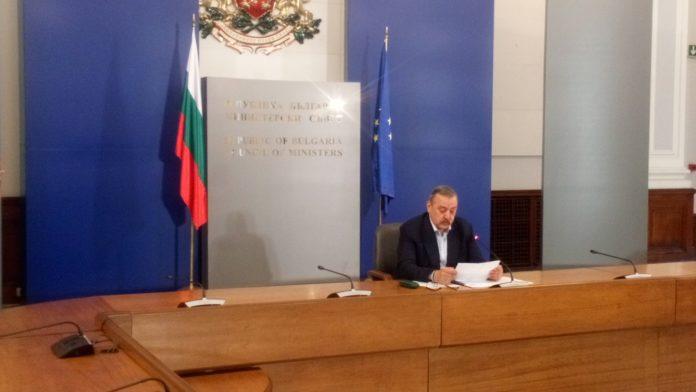
Currently, the infection of COVID-19 in our country is in outbreaks in the districts,
while in Sofia the spread is diffuse. This was explained by the director of the National Center for Infectious and Parasitic Diseases Prof. Todor Kantardzhiev. According to him, if there is a peak, it will be in October.
„If there is a peak, it will be in the autumn. The number of infected people will start to increase with the onset of the cold and the beginning of the school year, and the coronavirus will probably run in parallel with other winter viral infections.“
Prof. Kantardzhiev noted that between 70 and 80 percent of cases of coronavirus infected in the country are without symptoms, between 10 and 15 percent are experiencing mild symproms, with the virus passing in 1-2 weeks. The specialist warned:
„But you have to seek medical help. Why? Because you may have a mild or asymptomatic condition, but you can infect your elderly mother or grandmother in such a way that it becomes bad.“
Prof. Kantardzhiev again recommended that the measures be followed and pointed out those for wearing the obligatory masks in grocery stores, as well as shopping with shopping trolleys, not baskets, because that way there will be more distance between people.
Currently, a large number of tests have been provided to heads of the State Administration in order to test the employees from the municipality, the expert added.
„Currently, business owners are also actively testing. Dear owners, it is better to organize such measures to prevent the spread of the disease in teams and to organize such measures to catch the first cases, than to give a lot of money afterwards to do PCR tests of the whole enterprise … To create such an environment that people are not afraid and hide that they are sick. „, insisted Todor Kantardzhiev.
Bulgarians tend to hide that they are ill and this is the most dangerous thing, the professor added. According to him, the infection cannot be hidden. He said that the first strains of the coronavirus have already been sequenced at the National Center and have already been uploaded to the World Gene Bank. They are being analyzed.
„Out of a total of 35 sequenced strains, 33 are similar to those circulating in Europe. In our strains, some of the mutations are missing. Perhaps this is due to the different way of spreading in the country. Two of them are identical to the original Chinese strain, which I do not know how came after we quarantined all those who returned from China. The main conclusions are that next week we will be able to say what mutations are dominant in us and whether they are related to the behavior of the virus and changes in the disease. It will be clear regarding these patients what the epidemic link is and from which countries they came. “
Sequencing of another group of strains is starting tomorrow, the expert revealed.
















